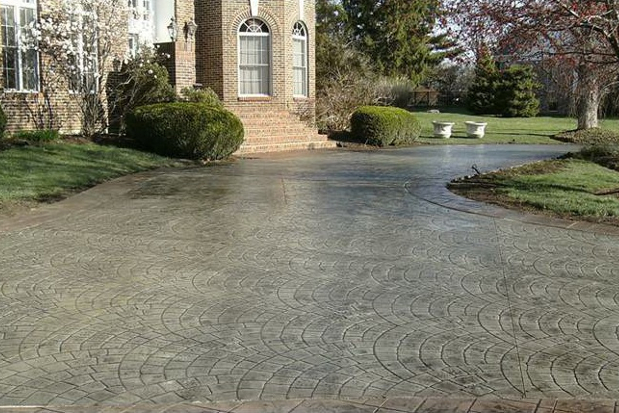
For garages and basements, walkways and driveways, patios and steps, concrete flatwork is often the installation of choice. It’s significantly less expensive than stone or brick masonry, and increasing options and expertise in finishing are allowing it to compete aesthetically. What you need to know about concrete flatwork is that it’s not a bland home improvement installation. It can require careful consideration, much like a countertop or floor covering. Matching the correct concrete finish and design to your project will greatly enhance the quality of the installation and your home.
Concrete Flatwork Options
Not all concrete flatwork is created equal. This is true of both its structural integrity and decorative function. Premium quality concrete requires precisely mixing aggregates, rapid delivery to ensure proper curing, and delicate application techniques to achieve a durable finish. Various methods will produce different kinds of finishing. Smoother finishes should be saved for indoors. Smooth concrete can be slippery when wet. Brush-textured concrete is better for exterior flatwork.
There’s more to finishing than just strength and safety, though. Decorative concrete contractors can use this finishing process to help them create all kinds of interesting, warm, and inviting effects with concrete. Countertops, coffee tables and other interior concrete installations often provide the most interesting challenges, but your concrete driveway can be finished and dyed to look like a stone driveway. Your neighbors won’t believe it’s concrete.
Using concrete stains or dyes, a contractor can make your concrete flatwork look like almost any material, including your basement floor to look like hardwood. Given that below-grade hardwood flooring is a big no-no, many homeowners find their way to decorative concrete for their basement floor. While the cost of stained concrete can be significant, many find it to be a worthy investment.
Ready to start your Flatwork Project?
Find ProsProblems with Your Concrete Flatwork
Though concrete is one of the most durable materials available to homeowners, problems can still occur. Different problems tend to have different root causes. If you’re having trouble with your concrete, chances are your problem can be dealt with using the following suggestions:
- Dirty or Stained Concrete: Splotches or stains on concrete surfaces can usually be removed by a professional powerwasher. Sealing the surface against spills can prevent this.
- Cracked or Chipped Concrete: Often fissure openings in the surface or small pieces breaking away are signs of future problems. Take these tiny signals seriously and have a contractor check out the problems and make repairs.
- Cracked or Broken Edges: Unfortunately, any hard surface can chip or break away at the edges. Commonly caused by impact or erosion, cracks can be fixed if the problem is small.
- Flaking Concrete: If you see the surface breaking away, this may signal that the concrete mixture may be flawed. Concrete’s unique blend of elements gives it strength and durability. Flaking is not a common characteristic. Flaking can also be a sign that the concrete was poured during cold weather.
- Settling: Settling is a common cause of damage as soils shift up and down over time. Concrete is designed for strength, but not necessarily for extreme flexibility. Small shifts are okay, but larger shifts will damage concrete. Settling is often a serious and expensive problem. In most cases, repair is not an option.
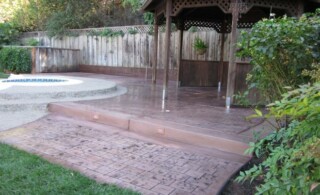 Concrete Cleaning: An Easy Makeover For Your Exterior
Concrete Cleaning: An Easy Makeover For Your Exterior 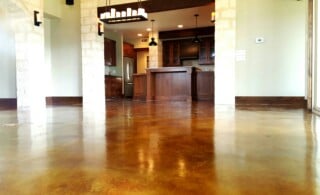 Concrete Flooring – Solid as a Rock
Concrete Flooring – Solid as a Rock 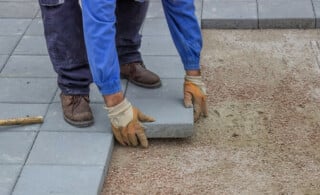 How to Choose a Concrete Contractor
How to Choose a Concrete Contractor 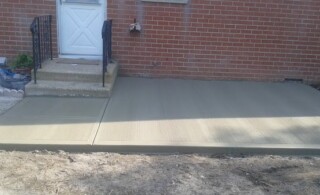 Concrete Mudjacking
Concrete Mudjacking  Explore the Possibilities of Concrete Siding
Explore the Possibilities of Concrete Siding 

I’ve been looking for a solution just in case my concrete flatwork has cracking issues.Great tips, Thanks for sharing!